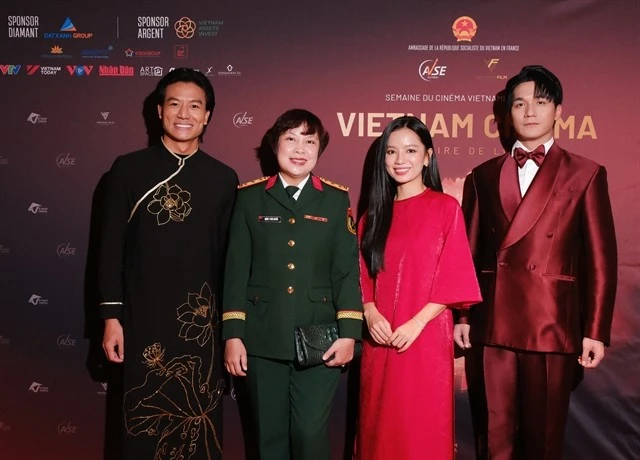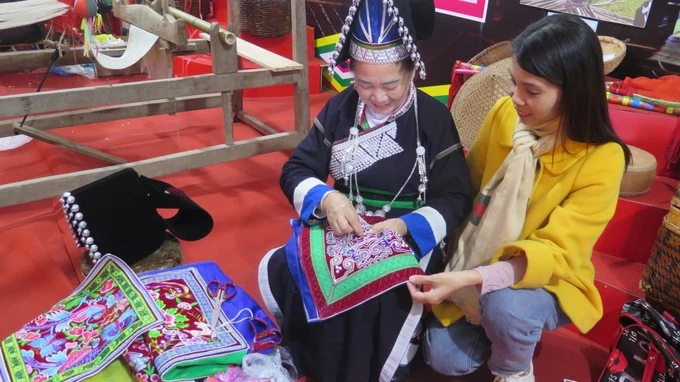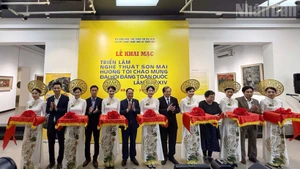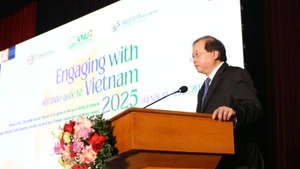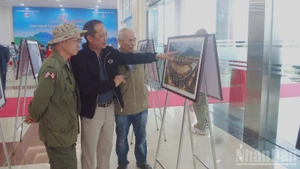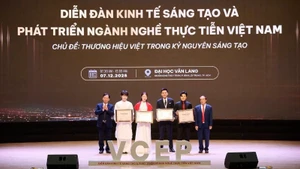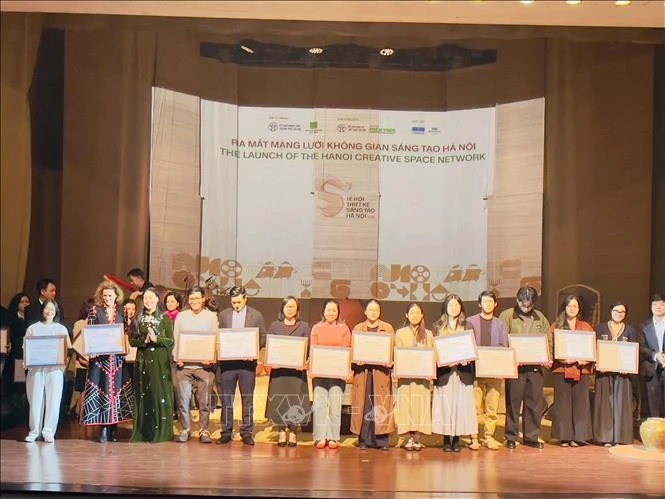The production value of Vietnam’s cultural industries in the 2018-2022 period reached about 1,059 trillion VND (USD 44 billion). In 2022, the contribution of cultural industries to GDP reached 4.04%. In large cities such as Hanoi and Ho Chi Minh City, cultural industries have contributed about 4% of the local GRDP. Many cities have officially joined the UNESCO Creative Cities Network such as Hanoi, Hoi An, and Da Lat.
However, according to Tran Thi Phuong Lan from the Department of Culture and Arts under the Party Central Committee’s Commission on Communication and Education, the cultural industry has not yet developed to be commensurate with the country’s distinct potential, outstanding opportunities, and competitive advantages.
Vietnam still lacks specific and appropriate mechanisms and policies to attract capital and resources for the comprehensive development of cultural industries. The connection and coordination between sectors in the development of cultural industries is still not tight, has not promoted the commercial element in cultural products; there are still few large literary and artistic products and works with high ideological and artistic value, etc.
On August 29, 2024, the prime minister signed and issued Directive No.30/CT-TTg on the development of Vietnam’s cultural industries, meeting the expectations of those working in this field.
The prime minister requested ministries, branches and localities to thoroughly grasp and further raise awareness of the position, role, importance and value of cultural industries for socio-economic development and promotion of Vietnamese culture; to promote the responsibility of leaders in directing the development of cultural industries; to proactively implement strategies in a focused and key direction; to issue necessary mechanisms and policies to support, encourage and promote the development of cultural industries in the coming period.
Many experts and managers believed that the most important thing that cultural industries need is human resources, because this is a vital and key factor. Localities need to issue mechanisms and policies to ensure and attract resources, contributing to the construction and development of culture and people in each region, closely linked to the strengths of cultural industries.
In Da Nang, since 2015, the city leaders at all levels have been striving to implement the Party and State’s policies and guidelines in placing culture on par with economics, politics, and society. The city has identified the development of cultural industries along with the construction and completion of the cultural market in 12 areas, focusing on: advertising, software and entertainment games, design, cinema, performing arts, and cultural tourism.
However, the development of cultural industries in Da Nang still has some limitations, with human resources being limited in both quantity and professional quality. The preferential treatment policy for people working in culture and arts has not been given due attention.
Nguyen Thi Hoi An, Deputy Director of the Department of Culture and Sports of Da Nang City, said: “Da Nang has proposed a roadmap to upgrade the Da Nang College of Culture and Arts. At the same time, we focus on training human resources for the cultural industry, improving the quality of training at specialised schools; building standard curricula; investing in teaching and learning equipment in a synchronous manner in the stages of art, technology, production management, distribution, preservation, and communication; and encouraging and sending qualified staff to study and gain experience in countries with developed cultural industries.”
Nguyen Thi Thanh Thuy, Deputy Director of the Department of Culture and Sports of Ho Chi Minh City, shared: The city has been focusing on training human resources for cultural industries through schools, linking with businesses, and cooperating with international partners.
In addition, the city has reviewed and supplemented land funds to the city planning to build cultural industrial parks and film studios; focused on building a network of creative, branded businesses that are competitive in areas where Vietnam has potential and strengths such as software, handicrafts, performing arts, etc., to create many high-quality products. At the same time, there should be reasonable policies and regimes for human resources in the cultural field.
Associate Professor, Dr Do Lenh Hung Tu, Chairman of the Vietnam Cinema Association, said: In the stage of training and developing the film human resources, especially high-quality human resources, the establishment of a specific mechanism to discover, nurture, use and reward talents is extremely important. At the national level, the State needs to have special treatment regimes so that talents can fully develop their capacity and contribute to society, while at the same time creating more favourable conditions for professional organisations to promote young creative activities, create playgrounds, and “talent nursery” competitions.
In the immediate future, it is necessary to promote specialised training in the film industry; especially training a team of film managers with sufficient qualifications and capacity to meet the requirements in the period when cinema is striving to become a key cultural industry.
Highly qualified human resources are a decisive factor for the development of cultural industries. Therefore, it is necessary to effectively implement policies to attract and promote talents, provide incentives and honour individuals with good works and positive influence in society; support the transfer of knowledge, skills, practical know-how, etc., related to the fields of cultural industries; train and foster a team of managers and enforcers of copyright, related rights, cultural and tourism human resources; and form a team of in-depth and interdisciplinary experts.



